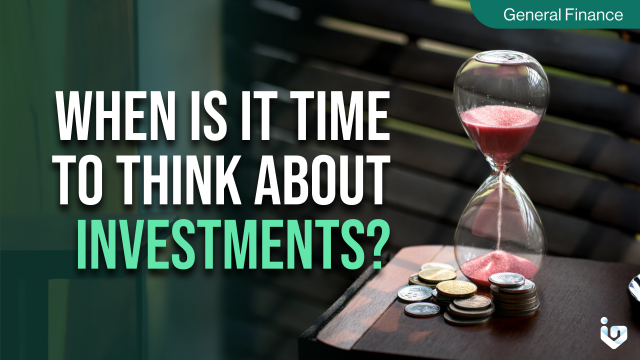Investing is a crucial aspect of financial planning that can help you achieve your long-term goals. Whether it’s for retirement, education, or purchasing a home, understanding when to start investing is key to maximizing your potential returns. This article will guide you through the signs that indicate it’s time to consider investing and how to approach this important decision.
Understanding Your Financial Health
Before diving into investments, it’s essential to assess your financial health. Do you have a stable income? Are your emergency savings sufficient to cover at least three to six months of living expenses? If you have high-interest debt, such as credit card balances, it’s generally advisable to prioritize paying these off before investing. A solid financial foundation ensures that you can invest without jeopardizing your current financial security.
Setting Clear Financial Goals
Investing without a purpose is like navigating without a compass. What are your financial objectives? Are you looking to grow wealth over time, generate income, or both? Your investment strategy will vary significantly based on your goals. Short-term goals might benefit from less volatile investment options, while long-term goals might align with higher-risk, higher-reward investments.
Age and Investment Horizon
Your age plays a pivotal role in your investment decisions. The younger you are, the more time you have to recover from market downturns, which means you can generally afford to take on more risk. As you age, your investment horizon shortens, and preserving capital becomes more critical. It’s never too late to start investing, but the strategies will differ based on your stage in life.
Market Conditions and Economic Indicators
While timing the market is not a recommended strategy, being aware of market conditions can inform your investment decisions. Economic indicators such as inflation rates, interest rates, and GDP growth can impact investment performance. A strong economy might present more opportunities for growth investments, while a weaker economy might call for a more conservative approach.
Risk Tolerance and Investment Profile
Investing always involves some level of risk. Understanding your risk tolerance is essential. Are you comfortable with short-term fluctuations in exchange for the possibility of higher returns, or do you prefer a more stable investment? Your risk tolerance will guide the types of investments you should consider and the allocation of your investment portfolio.
The Role of Diversification
Diversification is a key principle in investing. It involves spreading your investments across various asset classes to reduce risk. Even if you’re ready to invest, putting all your money into a single stock or sector is not advisable. A diversified portfolio can help you weather market volatility and protect your investments from sector-specific downturns.
Seeking Professional Advice
If you’re unsure about when to start investing or how to create an investment plan, seeking professional financial advice can be beneficial. Financial advisors can provide personalized recommendations based on your financial situation, goals, and risk tolerance.
Conclusion
There’s no one-size-fits-all answer to when it’s time to think about investments. It depends on your financial health, goals, age, market conditions, risk tolerance, and the need for diversification. By carefully considering these factors, you can make informed decisions that align with your financial objectives. Remember, investing is a journey, and starting at the right time for you is the first step towards financial growth and stability.

